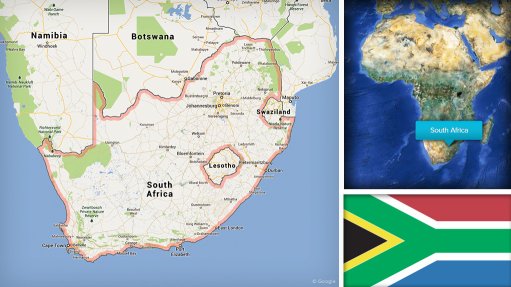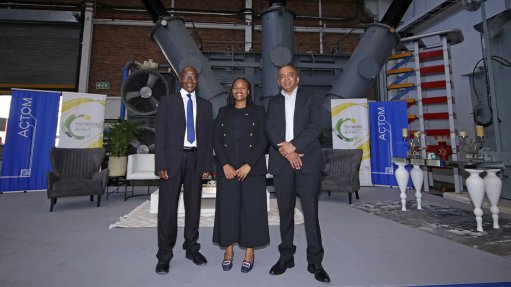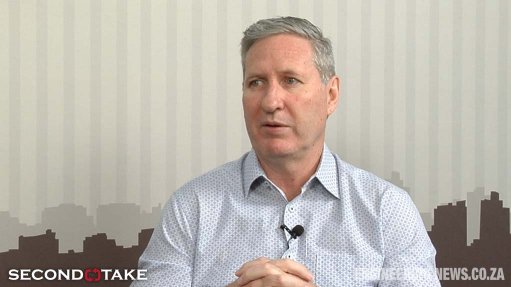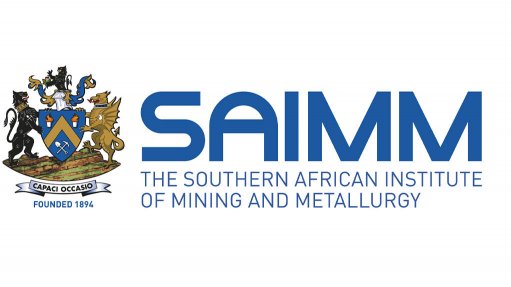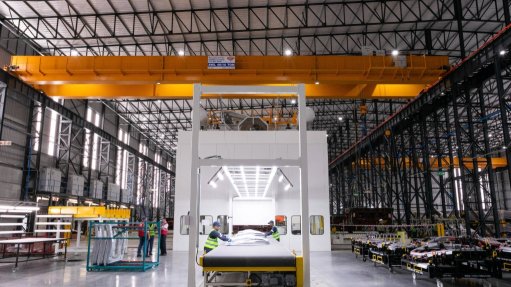The tariff trap: Why the Minister’s electricity review doesn’t mean prices will fall – and how businesses can stay a step ahead
This article has been supplied.
Last month, municipal electricity customers across South Africa were hit with an 11.32% tariff hike – just months after Eskom-direct clients faced a 12.74% increase. The hikes triggered public uproar, sparking protests and prompting Minister of Electricity Dr Kgosientsho Ramokgopa to concede that the increases were unaffordable and could lead to ‘energy poverty.’ He has since called for a formal review of the tariffs, but while this may bring some relief – especially to lower-income households – electricity costs are expected to remain high, particularly for corporate and industrial customers.
While annual increases are nothing new, the impact on large commercial and industrial (C&I) users is mounting – and this year’s price hikes come with a new sting in the tail: additional charges like the Eskom Generation Fee and Legacy Charge that will hit heavy users the hardest.
Brandon Horn, Head of Commercial at SolarAfrica, says for large energy consumers, this means one thing: rising operating costs and growing uncertainty about what the next few years might look like. “However, the good news is that there are proven ways to rein in costs and gain clarity – not just for this year, but for the long haul.”
What the new hikes mean for your business
For C&I companies consuming anywhere between 864,000 to 892,800 kWh per month (equivalent to a demand of 1,200–2,000 kW per hour), the new tariffs translate into significant monthly increases. Municipal clients are bracing for an 11.32% bump, while Eskom Megaflex customers are seeing higher increases paired with two new charges: a Generation Fee, based on notified maximum demand (NMD) (now levied per kVA); and a Legacy Charge, applied in c/kWh, penalising high-energy usage patterns.
And while it’s not yet clear how municipalities will incorporate these new charges, businesses can expect them to show up – either as line items or baked into broader tariff structures.
The cost of uncertainty
These shifts come at a time when businesses are already struggling to plan effectively, says Horn. “Despite NERSA’s regulatory oversight, power price forecasting has become increasingly opaque – leaving companies unsure of what their electricity spend will look like next year, let alone in five.”
The recent ministerial intervention highlights just how serious the affordability crisis has become, but it’s unlikely to reverse the broader trend of rising electricity costs. Add to this the knock-on effects of loadshedding, global inflation, rising compliance costs, an unstable macroeconomic environment and changing consumer behaviour, and it’s easy to see why long-term planning is more challenging than ever. In energy-intensive sectors such as manufacturing, mining and production, this can erode margins and reduce demand – especially when cost increases must be passed on to customers.
Taking back control
Fortunately, there are several ways to offset these increases and take back control, says Horn.
“The current tariff hikes shouldn’t be viewed in isolation. Instead, businesses need to look at their full energy profile and ask: where is the pressure coming from? Is it peak demand? Grid reliance? Carbon compliance? Growth-related expansion? Once you know your pain points, you can layer the right solution.”
This is where energy stacking comes into play. “It helps businesses absorb tariff changes while maintaining control and cost predictability. By combining different technologies, such as solar for self-generation and battery storage for reliability, for example, companies can reduce grid reliance and optimise energy use,” he adds.
To build a cost-effective energy stack, he suggests that businesses combine on-site solar PV to cut grid reliance and avoid charges like the Legacy Fee, with battery storage systems that optimise energy use during peak times. For those unable to install on-site generation, wheeling and energy trading offer flexible, affordable off-site solutions. These can all be packaged through a SolarAfrica power purchase agreement (PPA) or virtual power purchase agreement (VPPA), enabling up to 50% savings versus Eskom, with no upfront capex and clear tariff escalation for long-term predictability.
“With new tariff structures prioritising fixed over variable costs, you can’t rely on a single solution anymore. “A diversified model not only protects against tariff volatility, but also helps businesses comply with international environmental regulations and position themselves as sustainable suppliers – something demanded by many global trade partners.”
Positioning your business for the future
While the Minister’s review may provide some short-term relief, any adjustment may yet fall short of restoring affordability, with the global macro-economic landscape remaining volatile. “Businesses that act now – by reviewing their energy profiles and adopting layered solutions – will be better positioned to stay competitive,” says Horn.
Article Enquiry
Email Article
Save Article
Feedback
To advertise email advertising@creamermedia.co.za or click here
Comments
Announcements
What's On
Subscribe to improve your user experience...
Option 1 (equivalent of R125 a month):
Receive a weekly copy of Creamer Media's Engineering News & Mining Weekly magazine
(print copy for those in South Africa and e-magazine for those outside of South Africa)
Receive daily email newsletters
Access to full search results
Access archive of magazine back copies
Access to Projects in Progress
Access to ONE Research Report of your choice in PDF format
Option 2 (equivalent of R375 a month):
All benefits from Option 1
PLUS
Access to Creamer Media's Research Channel Africa for ALL Research Reports, in PDF format, on various industrial and mining sectors
including Electricity; Water; Energy Transition; Hydrogen; Roads, Rail and Ports; Coal; Gold; Platinum; Battery Metals; etc.
Already a subscriber?
Forgotten your password?
Receive weekly copy of Creamer Media's Engineering News & Mining Weekly magazine (print copy for those in South Africa and e-magazine for those outside of South Africa)
➕
Recieve daily email newsletters
➕
Access to full search results
➕
Access archive of magazine back copies
➕
Access to Projects in Progress
➕
Access to ONE Research Report of your choice in PDF format
RESEARCH CHANNEL AFRICA
R4500 (equivalent of R375 a month)
SUBSCRIBEAll benefits from Option 1
➕
Access to Creamer Media's Research Channel Africa for ALL Research Reports on various industrial and mining sectors, in PDF format, including on:
Electricity
➕
Water
➕
Energy Transition
➕
Hydrogen
➕
Roads, Rail and Ports
➕
Coal
➕
Gold
➕
Platinum
➕
Battery Metals
➕
etc.
Receive all benefits from Option 1 or Option 2 delivered to numerous people at your company
➕
Multiple User names and Passwords for simultaneous log-ins
➕
Intranet integration access to all in your organisation






